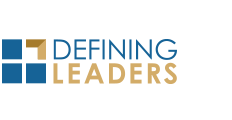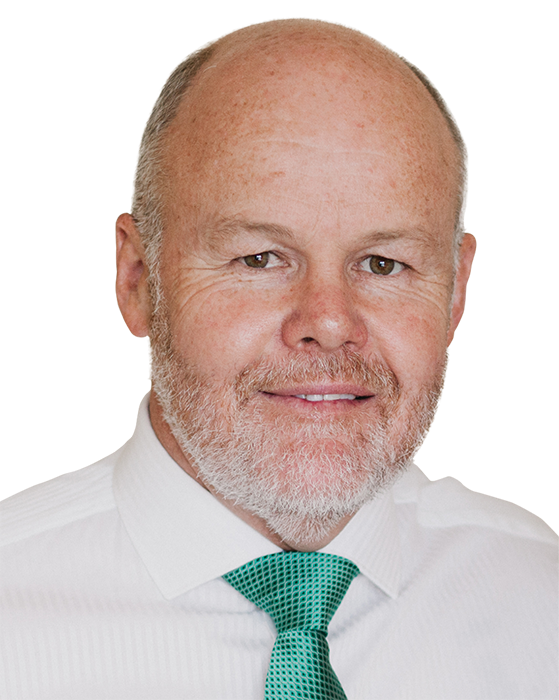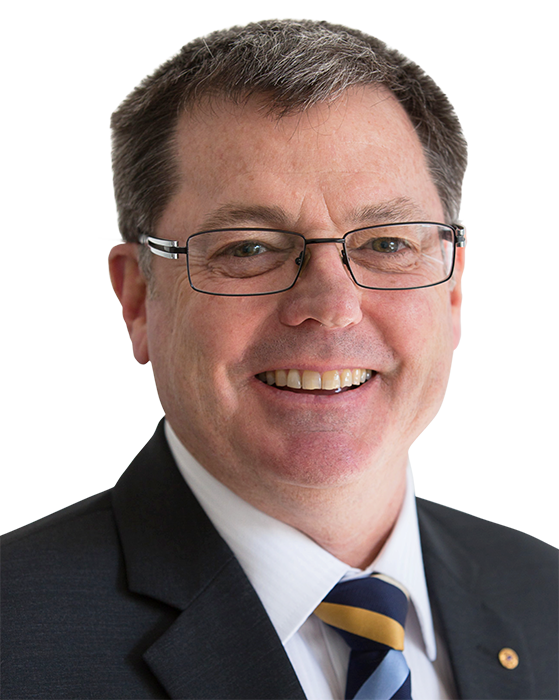
11 Dec Building a personal brand
As someone who has held leadership positions in numerous respects, there are several things that helped me decide who I wanted to be, who I didn’t want to be and, most importantly, allowed me to feel comfortable with the consequences. Here are three specific attributes I consider when it comes to leadership and building a strong personal brand.
No.1 – Great questions lead to great answers, which lead to the clarity required to build a personal brand
I was watching a video on NASA’s decision-making process to go to the moon and back and noticed that with 3 upfront questions, NASA was able to reduce its total pool of decisions from 140,000 to 40,000. “Hmmm, the question is more important than the answer”, I ruminated. From a business perspective, these 3 questions saved NASA billions worth of dollars and years’ worth of processes – allowing them to beat the Russians in the space race. The questions you should ask include;
1. What are we taking up?
2. How many humans do we need?
3. What are we bringing back?
No. 2. Saying NO
A friend who was moving into life coaching and needed a guinea pig to run her process over – I was her obvious volunteer. Her process included writing down my dream day in 4 pages in 1 sitting, defining that dream into 10 categories, and drawing up 100-day plans. The process was nothing mind-blowing but the lesson was finding clarity in what was important and feeling comfortable in saying “No”.
The lens that best illustrated this for me was when I was around friends. The decision was to spend more time with fewer friends while feeling comfortable not catching up with old friends (and not feeling guilty about it). Additionally, I also prioritised feeling no pressure to make new friends.
No. 3 – Time and scars – finding what you don’t like to find what you do
Nothing beats time in the game. I had had fun in my 20s, allowing corporates to fund my lifestyle. After trial and error in my 30s, I found the thing I really enjoyed the most was selling. I pursued that into my early 40s, then did my life plan, and decided on a new path. Sometimes, really knowing what you don’t like helps you focus on what you do like (it’s OK to have a personal pivot, don’t hate yourself for that).
My 3 questions:
What do I want to do? Build something from the ground up and take it to the world.
Why do I want to do that? I want to be passionate about what I do and say I’m a part of that.
Is it about the fame or the money? I’m happy for money to be a consequence of what I do, but not the reason I do it.
I then applied a great tool, which I got from my corporate sales days. In 3 boxes I defined what I was going to be, aligned to the answers above. The key here is it helps YOU tell people who you are, what your focus is, and what you are heading toward. These can change over time but what it allows you to do is be consistent…to you, your friends and your working environment.
What I started with;
I decided that I was going to be involved in 3 new ideas in 5 years – built from the ground up. I’m also going to live overseas in 1 country to build my knowledge and broaden my horizons.
The reality was that I also had to decide to tune my lifestyle down. However, it didn’t matter. I was clear on where I was going and why. Some of the other consequences involve dealing with family and friends who couldn’t understand how I could move from a well-paying regular income to uncertainty. It didn’t matter, I knew. Corporate jobs did not find their way into my 3 boxes so it was easy to say NO.
Does personal brand provide better leadership? Does it apply to corporate and entrepreneurial pursuits?
In my view it does. Leadership is both top down and bottom up. Knowing who you are and where you’re heading allows you to tell prospective employers, managers and employees what they will get and not get from you. Don’t waste time trying to appease people in jobs and situations you don’t want to be a part of. Have the courage to say NO.
The alternative approach would be to say YES to someone to make them look better – of course, that’s not sustainable and ultimately becomes inefficient.
This approach works just as well in a corporate setting. When I moved from accounting to sales and told my old boss I wanted a change, she was happy to help (and I wasn’t a great accountant). However, this experience also allowed me to talk to sales managers in my company and I was able t communicate what I wanted and why. They saw the passion and helped me get into my chosen path.
I am using this method in my job today. We have 3 boxes for the business, which helps me define to potential investors, in one page, the goals and objectives – it provides a measure of progress over time as we track against those boxes. The boxes we focus on comprise the number of licenses sold, % through the channel, and the number of countries we will have sold into. Being consistent and aligned feels good and has a sense of honesty about it. A good place to start in any pursuit – specifically, when going about building your personal brand.
For more insights from the world of leadership and other tips on how to build your personal brand, stay tuned to our Executive Insights series.





